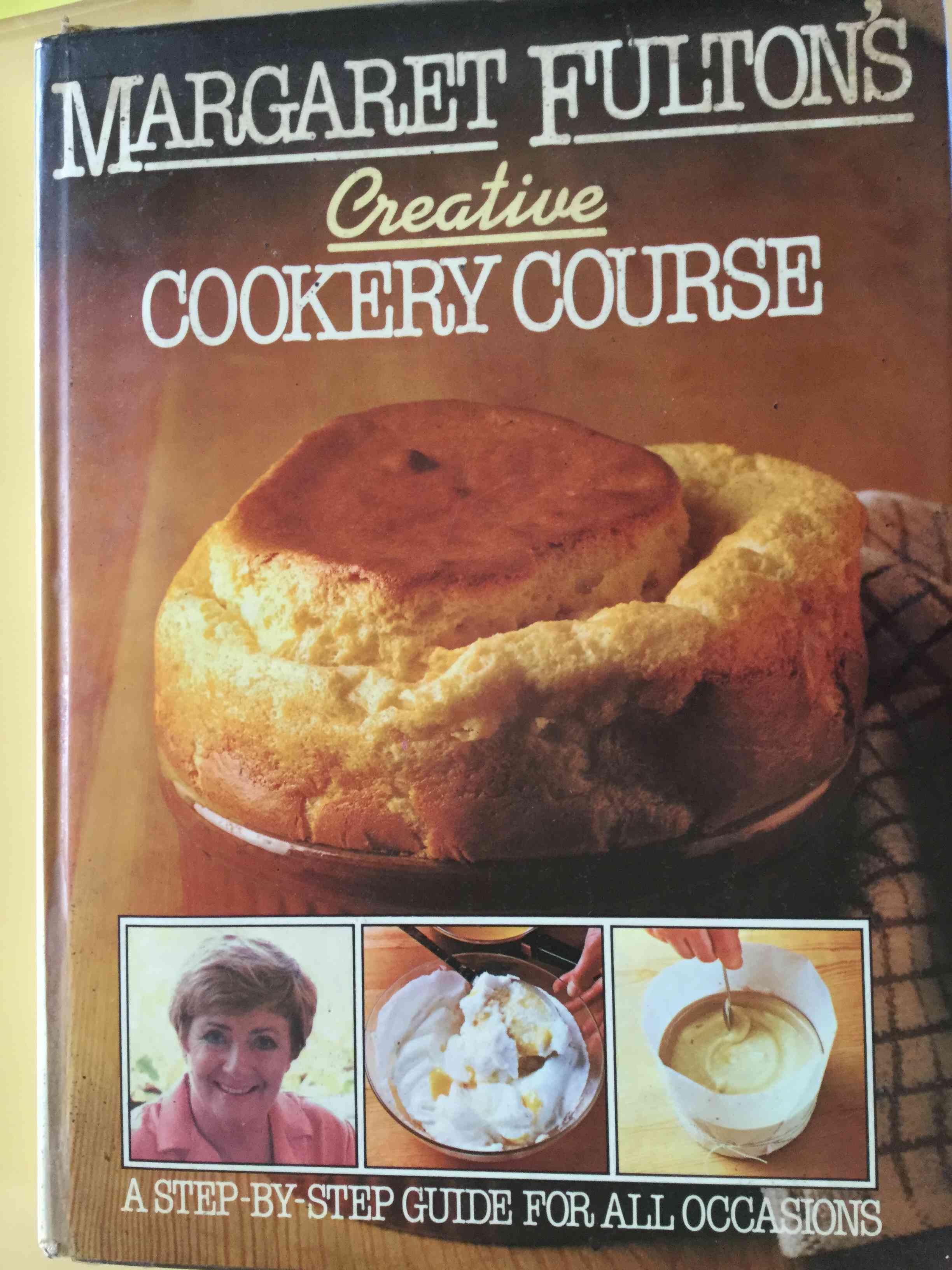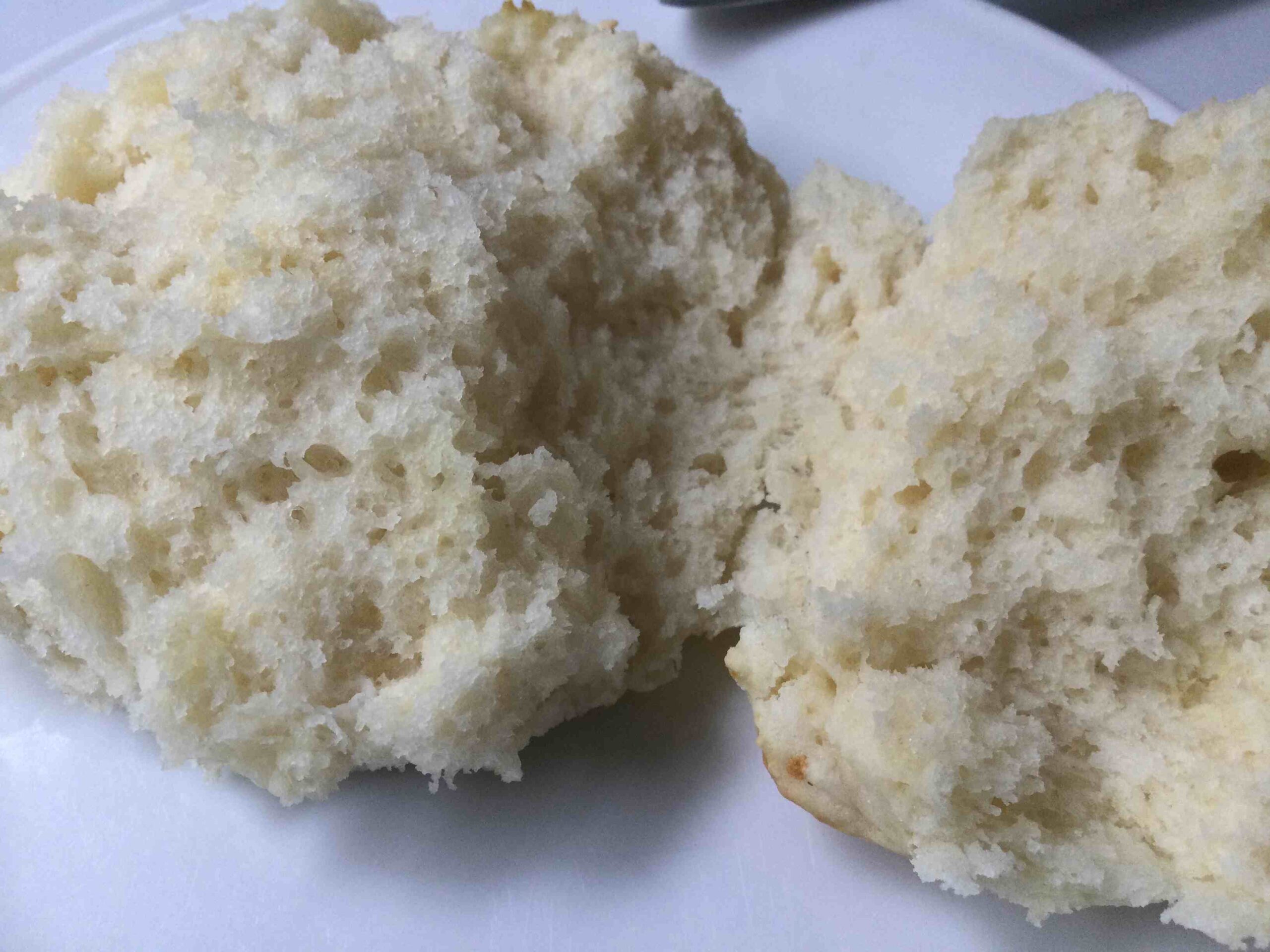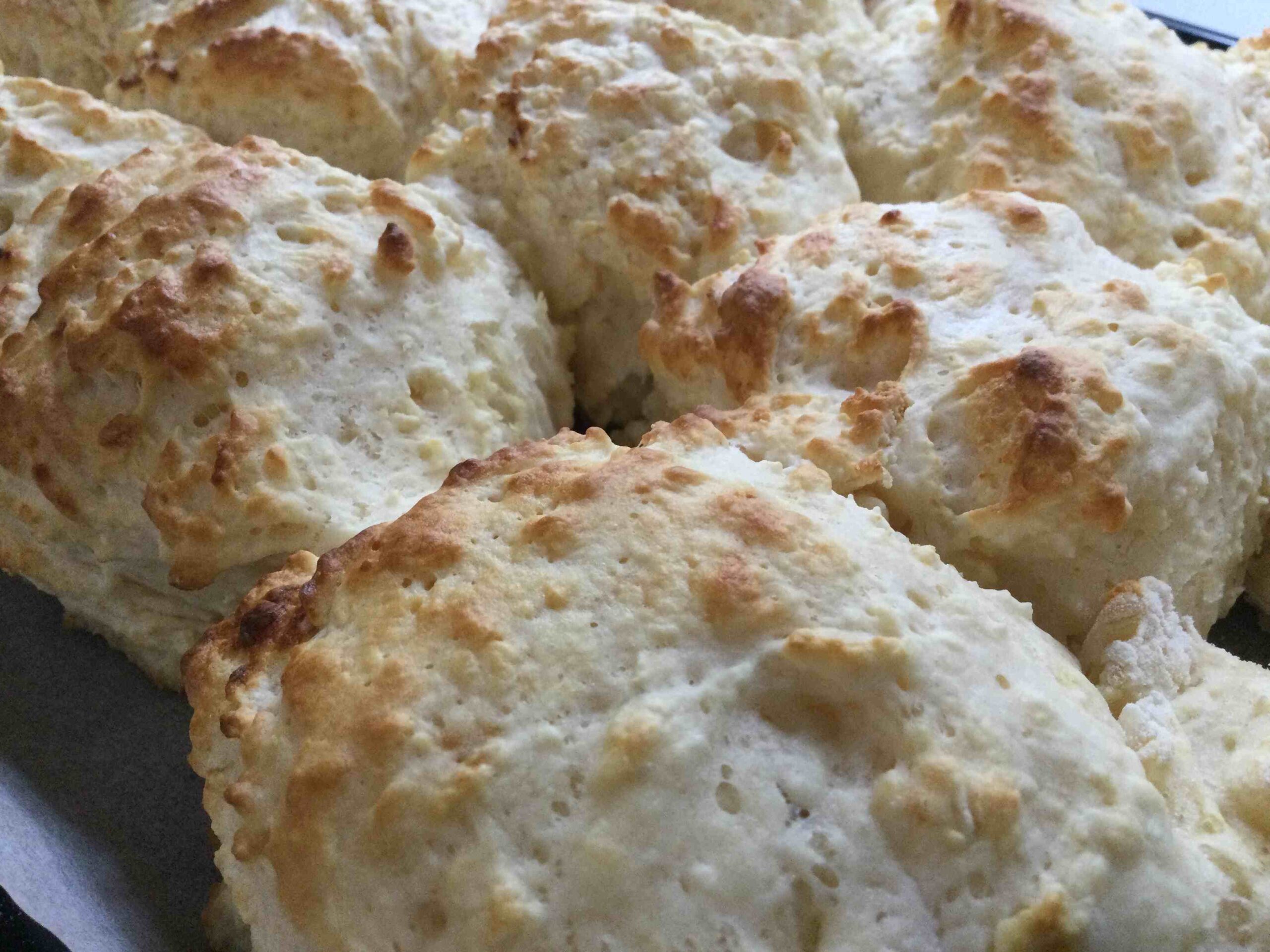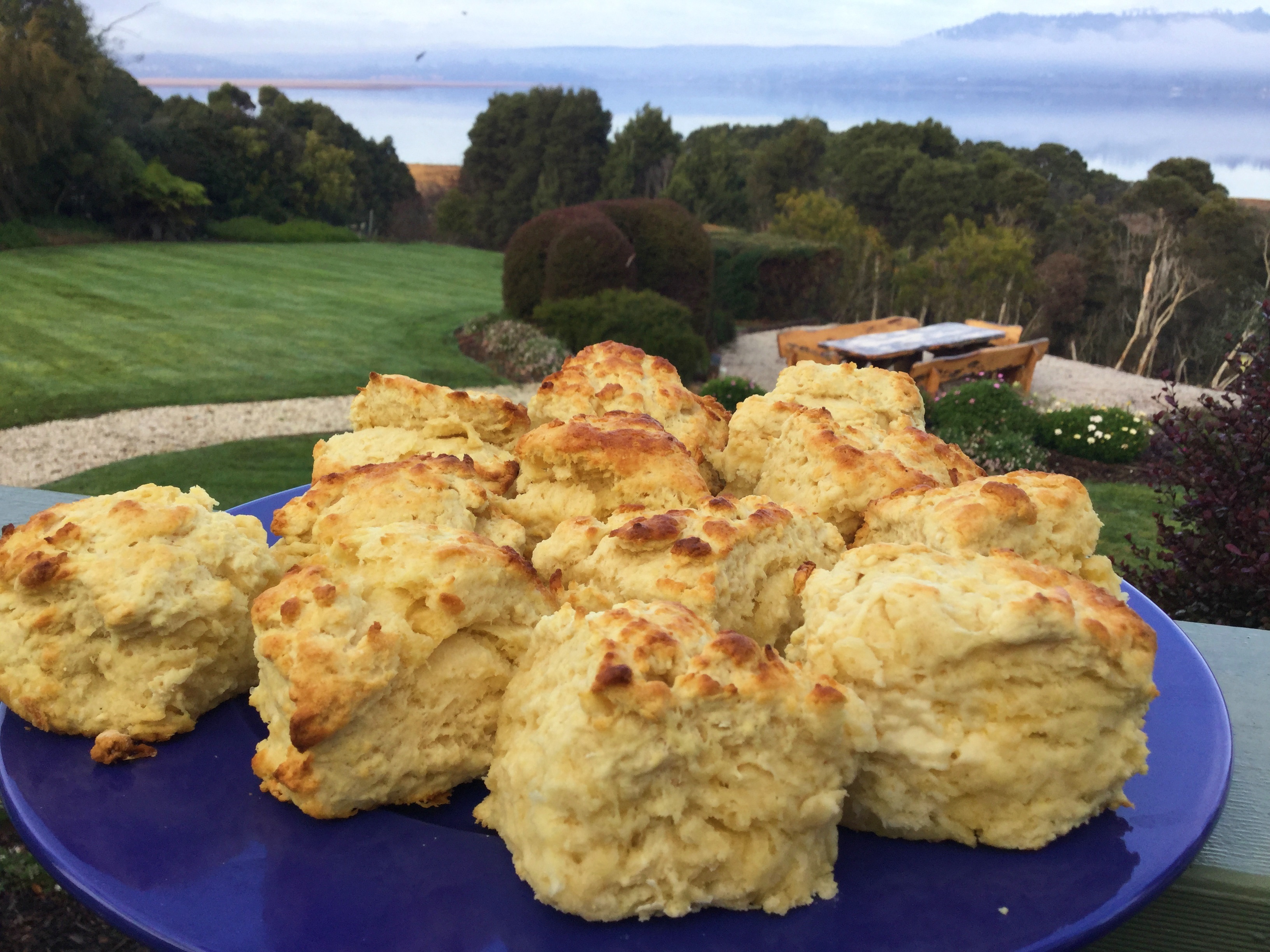(Updated August 2021 with extra scone recipes – See pdf below for further recipes including buttermilk, lemonade, coconut cream.)
We have a meeting with some or our Windermere neighbours over scones, jam and cream. (Continued from: Soup and Golf )
The neighbours rally
Windermere is a semi-rural settlement with houses on half-acre or bigger blocks spread out along the road. Now there are over 100 houses along the five kilometres from the highway along the edge of the Tamar River.
One of the very first buildings in the whole district was Windermere Church, also known as St. Matthias’. Dr Gaunt, a settler who arrived in Tasmania in 1831, promised to build a church for his wife, Frances. Construction of the church began in 1842 and was completed in 1843. It has been in continuous operation ever since. In the graveyard there are numerous historic graves and tombstones.
This year, 2018, is the church’s 175th anniversary. But this year is also the year when the Bishop of the Anglican Church in Tasmania decided to put the church on a potential for-sale list.
The community is rallying to try and stop the sale or to achieve an outcome that secures the future of the church and the property in a way that is acceptable to the community and society in general. Like us, most of them are church-lovers rather than church-goers and appreciate it for its beauty, history and site.
Some of our Windermere neighbours had been in contact with us over the previous months and a meeting at Olive’s Cottage was arranged for the Friday morning of our recent visit. We cooked a large batch of scones (see method below) and, over them, we discussed what could be done to save the church.
Subsequently we formed a group called Windermere Church Forever. You can read more about the church and the campaign we set up here: Windermere Church. There is a Donate page if you feel inclined. Following are two more photos of this gorgeous community asset, the second one taken from the other side of the Tamar River.
Olive’s Scones
My mother, Olive, would make scones reasonably often. She used the “old fashioned” way of rubbing butter into the flour.
When we lived at Swan Bay, we had a wood-fired cast iron stove and Mum’s scones would be a little variable in result due to the difficulty of controlling the oven heat. They would have a slight smoky flavour. Needless to say though, they were always fantastic, warm from the oven, served with one of Mum’s homemade jams and slathered in cream. Proper cream too it was! We obtained our milk from the neighbours who milked their cow daily, and after a day or two the cream would settle on the top: for us to dollop over our scones and jam!
Occasionally she would make fruit scones, with sultanas, currants or chopped raisins in them. Or with chopped dates as well or by themselves. Sometimes she made cheese scones. A favourite was when she made griddle (or girdle) scones on the cast iron top, turning them over half way through.
When my parents moved a few kilometres to Windermere, to what is now Olive’s Cottage, Mum had an electric stove. Her baking became more controllable and she would make scones more often. With all types of berries from the garden, along with cape gooseberries, peaches and apricots there was no shortage of jams to go with them.
Margaret Fulton to the rescue
In Melbourne I usually use a scone recipe written up many years ago by Beverley Sutherland Smith. However, that day I wanted to cook scones the way Mum did but I needed the exact quantities.
We have a good stock of cookbooks at the cottage and fortunately one of Margaret Fulton’s books had exactly what I wanted. Her recipe is repeated below as a photo (click on it to enlarge and to print). Omit the sugar if you wish.
After that we reproduce the Beverley Sutherland Smith recipe and Florence Bjelke-Petersen’s famous pumpkin scone recipe.
There are many variations you can try. My sister, Jan, uses lemonade in her recipe and swears by the method (check the Internet).
One thing to remember is, once you have cut out the scones using a scone cutter or knife, to pack them on the baking tray so they are partly touching. That enables them to rise a little higher, and they look terrific when cooked, like a mass of stones fused together. To make fruit scones, add 75 g to 100 g of dried fruit and/or dates. Serve non-savoury scones (plain, fruit or date) with butter and jam and good cream.
Some scone recipes use cream instead of butter. Here is the recipe written up by Beverley Sutherland Smith and published in the Melbourne Age Epicure in the 1980s.
Also published in the Melbourne Age Epicure in the 1980s was the recipe for perhaps Australia’s most famous scones: those of the wife of the former Premier of Queensland, and who became a senator for that State in her own right.
Further recipes
Updated August 2021. In Covid lockdown we have cooked scones a number of times. Experimenting. Trying new methods, including trying to find a method that was really quick but gave good results. But also trying to find scones that were lovely and light. You can find our recipes for these in this pdf: Scones – Buttermilk, Lemonade, Coconut Cream.










